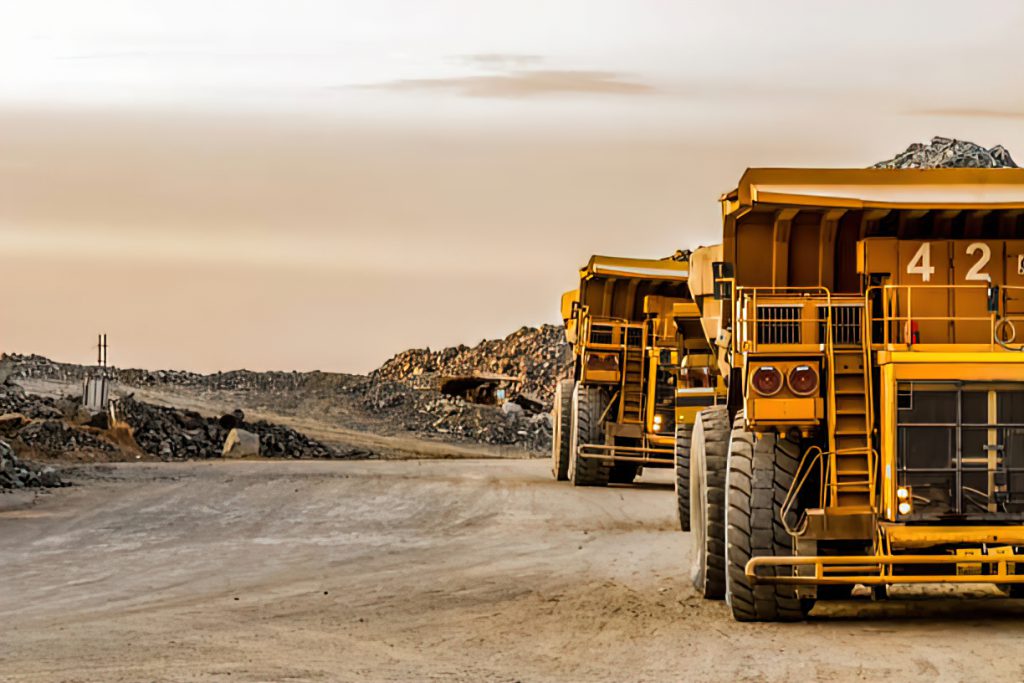Analysts expect global shortage of precious metals in years to come

By Eugene Gerden
The increase of demand for clean energy sources and the ever growing popularity of electric vehicles and energy storage systems in the world may lead to a shortage of metals in the global market followed by a sharp increase in prices for them in years to come, according to recent statements, made by producers and analysts in the field of mining.
According to recent estimates of the International Energy Agency (IEA), the demand for lithium will grow more than 40 times by 2040, while for cobalt and nickel by 20 times within the next two decades. The same situation is expected to be observed in the case of other precious metals.
Igor Sechin, Chief Executive Officer of Rosneft, Russia’s largest state-owned oil producer, believes such as growth of demand may lead to the shortage of this and other metals in the global market, as the current investments in their exploration and development remains insufficient to ensure their stable supplies to global market.
Igor Sechin comments:
Under these conditions, we expect an explosive rise in prices for some metals. The increase of global prices for lithium and nickel will offset the expected decrease of the costs of battery production, which were initially expected by some analysts.
Sechin recalled that the production of almost 80% of ores, which are used for the production of high valued metals is monopolized or located in unstable regions. For example, according to Sechin and other sources, the Democratic Republic of the Congo accounted for about 70% of global cobalt production.
The situation is also complicated by concentration of processing capacities in a very limited number of countries, which also creates conditions for monopolization.
In this regard, analysts expect prices for some metals may set record highs already in the second half of the current year. One of such metals is palladium the main sphere of which is automobile production, such as the production of catalysts.
Additional pressure on palladium prices will be put by the current unexpected production issues, which are observed in the case of some of its major global producers. For example, Norilsk Nickel, the world’s largest palladium producer, had recently decided to flood two large mines due to production problems.
In addition to Russia’s Norilsk Nickel, serious problems are expected to be observed this year in South Africa, the world’s largest producer of platinum. Since 2016-2017 the cost of producing this metal in the republic is constantly growing. That leads to the decline of profitability of the local platinum mining industry and the drop of local production.
Still, despite the existing problems, analysts expect the appearance of new players in the global market of palladium, nickel and other noble metals and platinoids.
For instance, there is currently a nickel boom in Indonesia, where production in Q1 2021 increased by 1,5 times and which forced President of the country Joko Widodo to announce his plans to attract more foreign investors in the nickel sector of the country.
Lack of investments in geological exploration of non-ferrous metals, such as zinc, according to analysts, will not allow to increase the production of these metals to the extent that it is necessary to compensate the expected growth in their consumption.
According to analysts of Jefferies Group, only in the case of copper, global producers will need to invest an additional US$50 billion over the next 10 years to balance the market. The biggest concerns are for IT market, which remains heavily dependent on reliable supplies of non-ferrous metals.
The rise in prices for copper and metals is beneficial for major exporting countries, such as Indonesia and Chile, however it could drive up the prices of smartphones and many other products and may contribute to the growth of global inflation.
The ever growing importance of climate issues will also contribute to the growth in demand for some metals.
According to recent estimates reported by the UK Financial Times, the EU will need 18 times more lithium and 5 times more cobalt to achieve its climate targets by 2030. By 2050, the demand will be much greater: Â the demand for lithium will grow by 60 times and by 15 times for cobalt.
According to analysts, one of the first signals of the forthcoming shortage of metals, may be an interrupted long-term trend for a decrease in prices for solar modules, which in 2021 rose in price by 18%.
